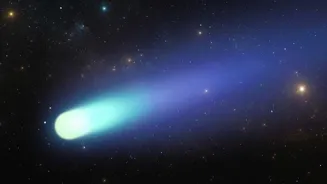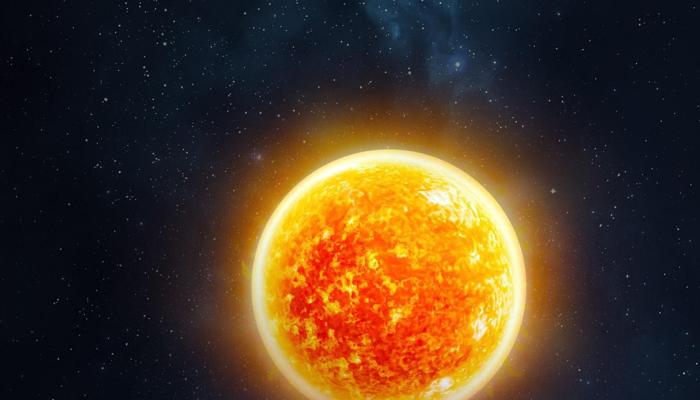The annual Perseid meteor shower will reach its peak tonight, offering skywatchers a chance to witness one of the most anticipated celestial events of the year.
In previous years, the Perseids have delivered up to 40 to 50 meteors per hour during peak activity. However, this year’s show will be slightly dimmed due to the nearly full moon, which will make the fainter meteors harder to spot.
How Bright Will Meteor Be This Year?
In years without interference from moonlight, the Perseids can deliver 40 to 50 meteors per hour during their peak. This year, the waning gibbous moon will be about 85% illuminated, making it harder to spot dimmer meteors.
Experts say that skywatchers could catch 10 to 20 meteors per hour, especially the brighter ones that can cut through the moon’s glow.
Best Time To Watch
Viewers will have two main opportunities to enjoy the meteor shower, as per New York Post report. The first is tonight in the short window between dusk and moonrise. During this time, there’s a chance to see “Earth grazers”, long, slow-moving meteors that skim the atmosphere and can be visible for several seconds.
The second window is just before dawn, between 3 am and 6 am, when the constellation Perseus, the shower’s radiant point, is high in the sky. Looking northward during this time could increase your chances of spotting meteors despite the moonlight.
Adding to the night’s spectacle, Venus and Jupiter will still appear close together in the pre-dawn sky after their recent conjunction. While the moon will be the brightest object overhead, these two planets will be visible to the east, offering a beautiful addition to the night-sky scenery.
How To Watch?
For the clearest view, find a location away from city lights and allow about 30 minutes for your eyes to adjust to the darkness. Lying flat on your back with an unobstructed view of the sky will give you the widest field of vision. No telescopes or binoculars are necessary, meteors can appear anywhere, and the naked eye offers the best chance to spot them.
If tonight’s conditions prove challenging, the Perseid meteor shower will continue till September 1. After August 23, the moon will be a new moon, creating darker skies and better viewing conditions for catching the remaining meteors of the season.













